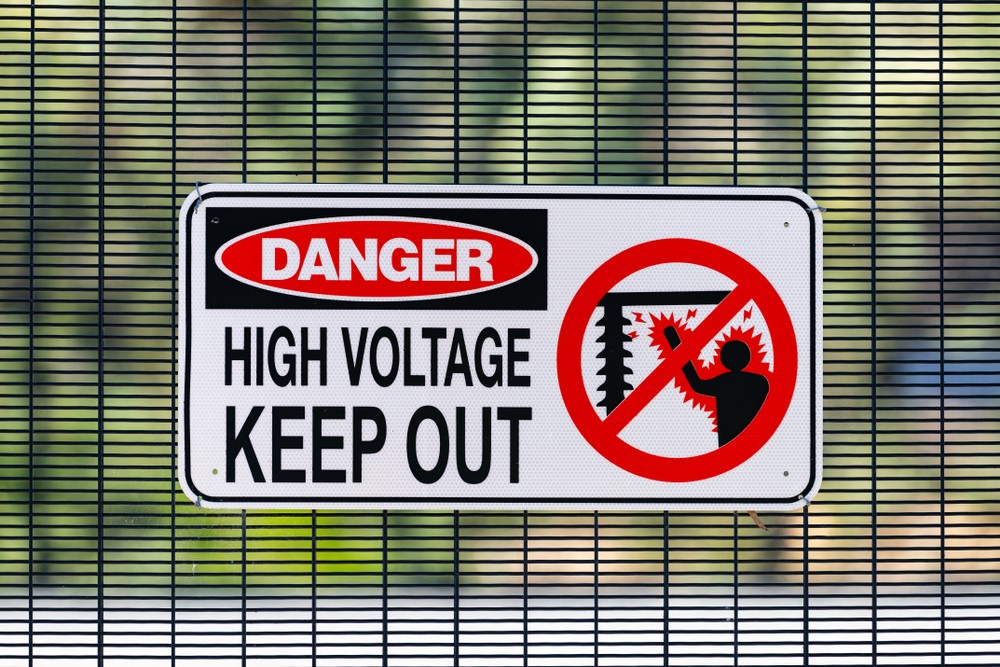9 Easy Facts About Roar Solutions Explained
9 Easy Facts About Roar Solutions Explained
Blog Article
The Main Principles Of Roar Solutions
Table of ContentsA Biased View of Roar SolutionsGetting The Roar Solutions To WorkRoar Solutions for Dummies
In such an environment a fire or explosion is feasible when 3 fundamental conditions are met. This is frequently referred to as the "hazardous location" or "combustion" triangle. In order to safeguard installations from a potential explosion a technique of analysing and classifying a potentially dangerous area is called for. The function of this is to make certain the correct selection and setup of equipment to inevitably stop an explosion and to guarantee safety of life.
(https://www.reddit.com/user/roarsolutions1/)
No tools must be set up where the surface area temperature level of the tools is above the ignition temperature level of the offered danger. Below are some usual dirt harmful and their minimal ignition temperature. Coal Dust 380C 225C Polythene 420C (melts) Methyl Cellulose 420C 320C Starch 460C 435C Flour 490C 340C Sugar 490C 460C Grain Dust 510C 300C Phenolic Resin 530C > 450C Aluminium 590C > 450C PVC 700C > 450C Residue 810C 570C The likelihood of the threat being existing in a focus high adequate to trigger an ignition will vary from location to location.
Harmful area electrical equipment maybe designed for use in greater ambient temperature levels. Area Repair Service By Authorised Worker: Complex testing may not be required nevertheless certain procedures may need to be followed in order for the devices to maintain its 3rd event ranking. Each item of equipment with a hazardous rating need to be examined separately.
The smart Trick of Roar Solutions That Nobody is Discussing
The devices register is an extensive data source of tools records that includes a minimum collection of fields to identify each product's place, technological specifications, Ex category, age, and ecological data. This details is critical for tracking and managing the tools successfully within hazardous areas. In comparison, for periodic or RBI tasting evaluations, the quality will certainly be a combination of Thorough and Close inspections. The ratio of Thorough to Close assessments will certainly be identified by the Tools Risk, which is evaluated based upon ignition risk (the likelihood of a resource of ignition versus the probability of a flammable ambience )and the hazardous area classification
( Area 0, 1, or 2). This variant will certainly also influence the resourcing demands for job preparation. When Whole lots are specified, you can develop sampling plans based upon the sample size of each Whole lot, which describes the variety of random equipment products to be checked. To establish the called for sample dimension, 2 facets require to be reviewed: the dimension of the Whole lot and the category of evaluation, which suggests the level of effort that ought to be applied( decreased, typical, or enhanced )to the assessment of the Great deal. By integrating the classification of assessment with the Great deal size, you can then establish the suitable rejection criteria for an example, suggesting the allowed variety of defective products found within that sample. For even more details on this process, please refer to the Power Institute Standards. The IEC 60079 typical advises that the maximum interval between inspections need to not go beyond 3 years. EEHA assessments will also be carried out beyond RBI campaigns as part of arranged maintenance and devices overhauls or repairs. These evaluations can be attributed toward the RBI example sizes within the impacted Whole lots. EEHA evaluations are conducted to identify faults in electrical devices. A heavy scoring system is necessary, as a solitary item of tools might have multiple faults, each with varying degrees of ignition threat. If the consolidated score of both examinations is much less than twice the fault score, the Lot is deemed appropriate. If the Lot is still considered undesirable, it must undertake a complete assessment or reason, which may trigger more stringent examination protocols. Accepted Whole lot: The root causes of any type of mistakes are identified. If a typical failure setting is discovered, added devices may call for maintenance. Faults are categorized by intensity( Safety, Stability, House cleaning ), ensuring that immediate issues are examined and addressed quickly to reduce any kind of influence on security or operations. The EEHA data source must track and record the lifecycle of mistakes along with the corrective activities taken. Applying a durable Risk-Based Evaluation( RBI )strategy is vital for making sure conformity and security in handling Electrical Tools in Hazardous Areas( EEHA) (hazardous area electrical course). Automated Fault Scoring and Lifecycle Management: Effortlessly take care of mistakes and track their lifecycle to boost inspection accuracy. The intro of this support for risk-based assessment additionally reinforces Inspectivity's placement as a best-in-class option for governing compliance, in addition to for any asset-centric inspection use instance. If you want discovering more, we invite you to ask for a demonstration and uncover how our solution can change your EEHA administration processes.
Facts About Roar Solutions Uncovered

In regards to eruptive risk, a dangerous location is an environment in which an eruptive atmosphere exists (or may be expected to be existing) in amounts that call for special precautions for the building and construction, setup and use of equipment. eeha training. In this short article we discover the obstacles encountered in the work environment, the danger control steps, and the needed expertises to work securely
It issues of contemporary life that we produce, store or manage an array of gases or liquids that are regarded flammable, and a variety of dirts that are regarded combustible. These materials can, in certain problems, form explosive atmospheres and these can have significant and awful consequences. Most of us recognize with the fire triangular eliminate any type of among the three aspects and the fire can not happen, yet what does this mean in the context of unsafe areas? When damaging this down into its easiest terms it is essentially: a mix of a certain quantity of release or leakage of a particular compound or product, combining with ambient oxygen, and the visibility of a source of ignition.
In the majority of circumstances, we can do little regarding the levels of oxygen in the air, however we can have significant influence on sources of ignition, for instance electrical equipment. Harmful areas are recorded on the unsafe area category illustration and are my review here identified on-site by the triangular "EX" indication. Here, amongst other vital details, areas are split into 3 kinds depending upon the threat, the probability and period that an explosive environment will exist; Area 0 or 20 is deemed the most unsafe and Area 2 or 22 is regarded the least.
Report this page